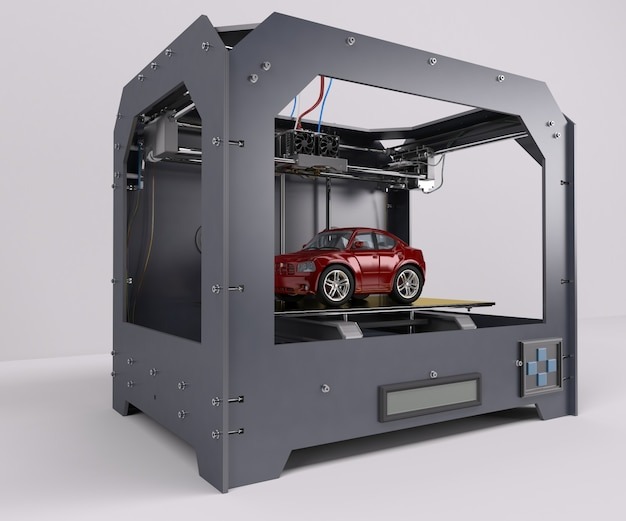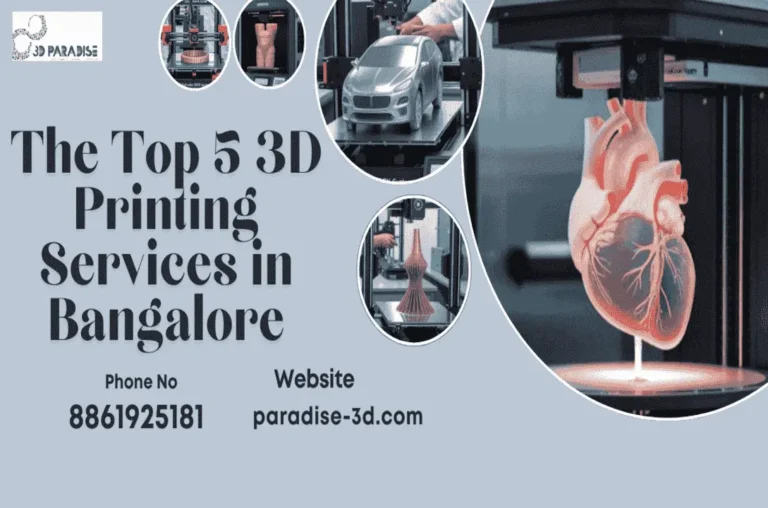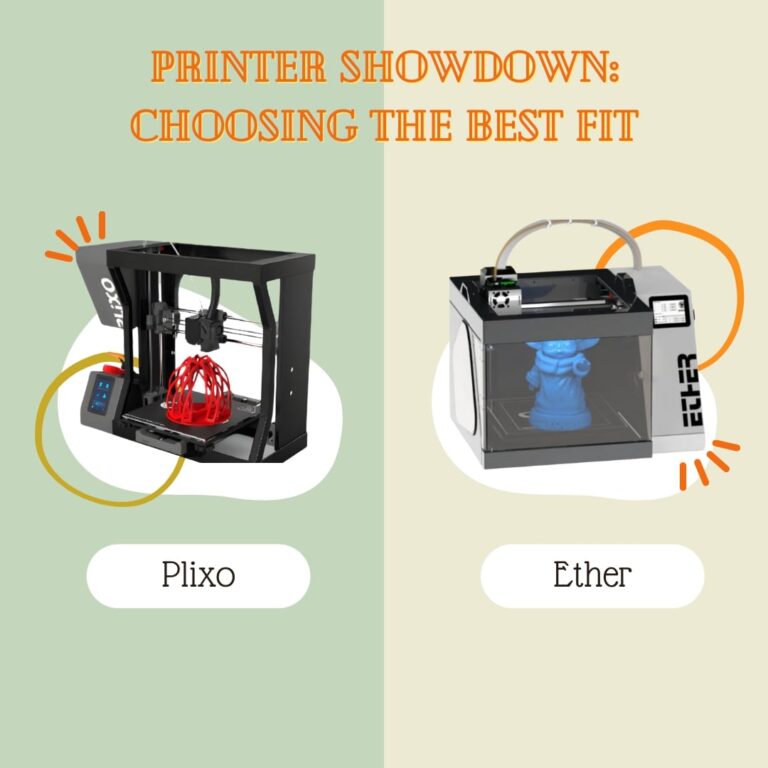The Future of 3D Printed Smart Homes: Embedded Sensors, IoT & Modular Builds.
Whenever the majority of the population listens to the words 3D printed homes, they would think of huge robotic arms that would be used to squirt layers of concrete and develop a building within a few days. Whereas that is impressive, the true potential is way beyond speed and saving some cost. The future of housing will be a combination of 3D printing, embedded sensors, IoT, and modular construction that will result in the construction of homes that are not only constructed more quickly but also constructed smarter too. With innovations led by 3D Paradise, the best 3D printing service in India, this transformation is becoming a reality faster than ever before.
The Static Structures to Living Spaces
The conventional houses are passive. After being built, they hardly develop unless a person refurbishes them. However, a smart home built using 3D printing can be programmed to be self-monitoring and adjust itself on its initial day.
Consider the following: the walls of your home are not some concrete, but they are a component of the intelligent system. They have the sensors detecting temperatures, humidity or even the slightest structural changes. Energy is gathered in the floor tiles. The ceiling will have inbuilt air-quality monitors.
This is where 3D printing has been the best, since unlike in the traditional construction process, it enables the constructor to incorporate technology into the building during printing. It is not an addition, it is in-built. With advancements in 3D Printing in Delhi, such innovative and tech-integrated homes are becoming a growing reality.
Invisible Sensors: The Watchful Guardians.
Sensor technology is already reinventing the automotive and aerospace industries. Housing is next. Sensors placed into walls, floors, and foundations in a way never possible before can be done when combined with additive manufacturing.
This may translate to the following to the homeowners:
- Structural health observation- Cracks or stresses in walls are detected when earlier than they may be observed.
- Moisture control– Early spotting of water leakage in walls, saving thousands of dollars in repairing walls.
- Air and temperature control- Always adjust the comfort to its maximum without turning to other equipment.
- Security integration- Motion sensors on the walls, which integrate with the home automation systems.
Your house becomes your protector of health as opposed to being stupid walls.
IoT: Making Homes Nervous.
IoT is not new, and we already have smart speakers, lights, and thermostats. However, in the smart homes of the future, which are 3D printed, IoT will not be the devices, but the nervous system of the building as a whole.
- An engraved wall might have a wiring channel cut into it, which would provide sensors to a central point.
- Sun panels and power control chips could be pre-installed on the roof modules.
- The doors and windows might have built-in RFID or biometric systems to make the entrance smooth.
People will not need to add smart gadgets to a purchased house; they will enter the homes where intelligence is a feature of the architecture.
Modular Builds: Portable Homes to Expanding Urban Areas.
The world is experiencing a boom in the housing demand, and the urban centers such as Bangalore, Mumbai, and Delhi have been at the centre-stage. It is not only about the construction of faster but also smarter and more adaptable. This is where modular construction, as well as 3D printing, shines.
- Scalable designs- A couple of young people may begin with a one-bedroom house. New modules, such as a new bedroom or a new study can also be printed and attached as their family expands.
- Plug-and-play infrastructure- Plumbing and wiring Bathroom or kitchen pods printed can be assembled like Lego blocks.
- Sustainability- Modular construction impacts to minimize wastage of materials and enables recycling of obsolete parts with ease.
Entire neighborhoods might one day be printed and built in the form of a modular ecosystem, responding to the demands of people living there.
Global Trends Pushing the Shift
This isn’t just theory. The world is already getting a glimpse of this new future:
- The ICON (USA) is constructing 3D printed smart houses that have inbuilt climate resistant characteristics.
- Europe is testing modular constructions with carbon neutrality using solar integrated roofs.
- Asia has been driving mass affordable housing structures with 3D printed concrete.
The following step will be to integrate the IoT and modular flexibility in these printed structures- to be dynamic, connected and future-friendly.
Challenges to Overcome
Though such a vision is exciting, we cannot but jump over several hurdles:
- Electronics Durability- Sensors should withstand 20-30 years in concrete walls.
- Standardization – The global building codes must be changed so as to certify printed houses with sensors built into them.
- Cybersecurity threats – When the house is connected, it has to be secured against hacking.
- Social acceptance – 3D printed houses are still viewed as experimental by many people. Important factors are education and success stories in the real world.
It will involve the cooperation of the architects, the material scientists, IoT engineers, and specialists in 3D printing to solve these challenges.
The 3D Paradise in This Future.
We at 3D Paradise have always been of the opinion that 3D printing is not just about prototyping, but it is about creating the future. We started with printing of industrial and product but as the technology grew, so did we.
The following is how we envision ourselves to be part of smart housing:
- Embedded sensor R&D Incorporating temperature, moisture and load sensors in printed material without jeopardizing strength Incorporating sensors onto and into printed materials without questionably affecting strength.
- Innovation in Materials -Creation of printing technologies that offer the ability to mix concrete with the capability to include electronics.
- Modular Prototypes- Designing and printing modular parts (e.g. enclosures, utility housings and pods) that can be enlarged to larger housing projects.
- Collaborations- Partnering with architects, beginning-up companies, and smart home technology suppliers to establish physical implementations of very small modules enabled by IoT.
In our case, it is not only about walls, but about houses, which can speak, develop and evolve with their own inhabitants.
Looking 10 Years Ahead
Consider the scenario where in Bangalore, a suburb is 3D printed. Each home comes with:
- Printed roofs that are solar integrated.
- Wall that continuously monitors the integrity of walls.
- Sensors that measure air-quality that are connected to the health monitoring systems of the city.
- Modular designs that will allow you to add on your home in a weekend.
These are not science fiction scenarios, these are possibilities that can happen in the coming ten years.
Smart homes that are 3D printed will not only resolve the issue of housing shortages, but will reshape the way we perceive living quarters: as a rather fixed shelter, or as a smart, flexible friend.
Final Word
The future of housing is the convergent future of 3D printing, IoT and modular construction. It does not only promise them faster and cheaper homes, but smarter, safer, and more sustainable homes.
We will also be a part of this revolution at 3D Paradise. It could be the state of the art research or invention of advanced 3D printing systems or collaborating with innovators in the smart housing industry, we are working toward a time when we are not building houses; we are building with houses.
The houses of the future will not only be there to house us. They will feel, associate, and adjust to it- life will be easier, efficient, and sustainable.
FAQs on 3D Printed Smart Homes
1. What materials are used to 3D print smart homes?
Most 3D printed homes use special concrete mixes that are stronger and quicker to set than conventional cement. Some projects also use geopolymer materials, recycled composites, or eco-friendly cement blends. In the future, materials will be optimized to integrate electrical conduits and embedded sensors directly during printing.
2. Can sensors really be embedded inside 3D printed walls?
Yes. During the printing process, layers can be paused or adjusted to include moisture detectors, temperature sensors, air-quality monitors, or even fiber-optic lines. Once sealed inside the wall, these sensors are protected from physical damage and provide real-time data for decades.
3. How durable are 3D printed homes compared to traditional homes?
Properly printed homes using high-grade concrete mixes are designed to last 50–100 years, similar to traditional brick-and-mortar houses. With IoT-enabled monitoring, durability may even improve, since the home can detect issues (like cracks or leaks) before they cause major damage.
4. Are modular 3D printed homes customizable?
Yes. That’s one of their biggest advantages. Modules like kitchens, bathrooms, and utility blocks can be pre-printed and then assembled on-site. Homeowners can expand their houses in the future by adding extra modules, making them flexible, scalable, and cost-effective.
5. Are 3D printed smart homes affordable in India?
Currently, 3D printed homes are more cost-effective for pilot projects and large-scale affordable housing. In India, the technology is still emerging, but as material sourcing, regulations, and scale improve, prices are expected to drop, making smart printed homes affordable for middle-class buyers in the next decade.








